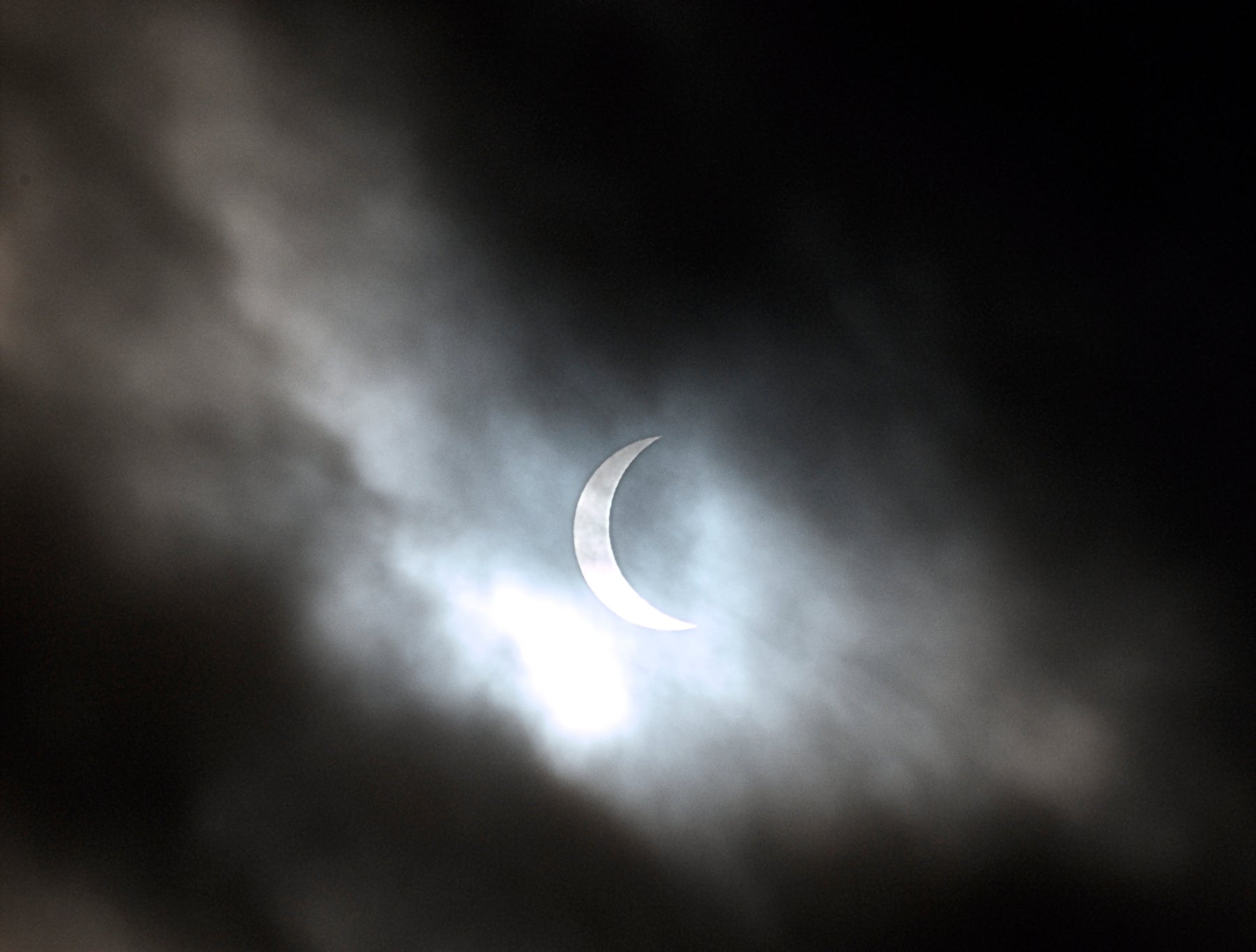
The Great North American Solar Eclipse
The solar eclipse of 2024, often referred to as the Great North American Eclipse, is an upcoming total solar eclipse that will be visible from various parts of North America. In this blog, we're going to look at a few products from Baader Planetarium which will help you view the Great North American Solar Eclipse safely, even if you do not have access to any optical equipment.
Date and Path of the Eclipse
The solar eclipse will occur on April 8, 2024. The path of totality, where the Moon will completely cover the Sun, will stretch across regions of Mexico, the United States, and Canada. The path will begin in Mexico, then move across Texas, Oklahoma, Arkansas, Missouri, Illinois, Kentucky, Indiana, Ohio, New York, Vermont, New Hampshire, and Maine, before exiting into Canada.
Viewing the Eclipse Safely
It is crucial to view a solar eclipse safely to protect your eyes from potential damage. Looking directly at the Sun, even during an eclipse, can cause severe eye injuries or blindness. Baader Planetarium offers specialized solar filters and viewing equipment to ensure safe observation.
Baader Solar Viewer: https://alpineastro.com/products/solar-viewer-astrosolar%C2%AE-silver-gold-1pc-10pc-25pc-100pc

Baader Solar Viewer is a specially designed solar filter that allows you to view the Sun without any harmful effects. It consists of a durable and CE-certified solar film that blocks more than 99.999% of the Sun's intense light, as well as harmful ultraviolet (UV) and infrared (IR) radiation. The viewer offers a high-quality, contrast-enhanced view of the Sun. The real benefit of this viewer is that you do not need any special optical equipment. Each filter is checked during manufacture in Germany. Its dual layer film adds an extra measure of safety and exceeds the CE certification, and is the only viewer to present the sun in its true color – white. Other viewers falsely tint the solar image in yellow/orange.
Baader AstroSolar Safety Film: https://alpineastro.com/collections/astrosolar-viewers-and-film

Baader AstroSolar Safety Film is another product offered by Baader Planetarium. It is an optical density 5.0 solar filter material that can be used to create custom eclipse viewing devices or adapt existing equipment such as telescopes, cameras, binoculus, or simply by looking through it. This film is highly transparent and blocks more than 99.999% of the Sun's light, including harmful UV and IR radiation. It also has very high optical quality, offering the sharpest views of any objective solar filter on the market. Looks out for our next blog which will contain ideas and instructions for making a filter cell for your equipment.
Baader Solar Telescope Filters: https://alpineastro.com/collections/baader-solar-filter

If you have a telescope, Baader Planetarium provides solar filters for various telescope models. These filters fit over the front aperture of the telescope and allow you to view the Sun safely and with full resolution due to the high optical quality of the AstroSolar film. They come in different sizes that fit a wide range of telescopes and spotting scopes and are made from high-quality, durable materials that ensure clear and safe observation. They are also ideal for imaging use on camera lenses.
Baader Safety Herschel Prism: https://alpineastro.com/collections/safety-herschel-prism/products/baader-2-cool-ceramic-safety-herschel-prism-mark-ii-visual-photo

The Baader Herschel Wedge is a specialized device used in solar observation and photography. It offers several benefits for capturing high-quality images of the Sun while ensuring safety.
Here are some of the advantages of using the Baader Herschel Wedge:
- Solar Safety: The Baader Herschel Wedge is designed to provide safe solar viewing and imaging. It uses a unique prism-based system that diverts most of the incoming sunlight and heat away from the eyepiece or camera sensor. This significantly reduces the risk of eye damage or equipment overheating that can occur when using other solar filters.
- Enhanced Image Quality: Unlike traditional solar filters that can introduce color fringing and reduce image sharpness, the Baader Herschel Wedge provides excellent image quality that is limited only by the telescope. It uses a dielectric multi-coating on its prism surface, which minimizes reflections and preserves the natural white color balance and details of the solar features.
- High Contrast Views: The Baader Herschel Wedge enables high contrast views of the Sun by reducing scattered light and enhancing the visibility of fine details. It effectively blocks infrared and ultraviolet light, allowing observers to see intricate solar surface features such as sunspots, granulation, and solar flares with greater clarity and contrast.
- Versatility: The Baader Herschel Wedge can be used with a wide range of telescopes and cameras, making it a versatile tool for solar imaging. It can be attached directly to the telescope's focuser or connected to the camera using a suitable adapter. This flexibility allows both visual observers and astrophotographers to capture stunning solar images using their preferred equipment.
- Minimal Setup Time: Setting up the Baader Herschel Wedge is relatively quick and straightforward. Once properly attached to the telescope or camera, it doesn't require additional adjustments or alignments during use. This convenience makes it an attractive option for observers who want to spend more time observing and less time configuring equipment.
- Longevity: The Baader Herschel Wedge is built to last. Its high-quality construction and durable materials ensure reliable performance over an extended period. With proper care and storage, the wedge can provide many years of solar observation and imaging enjoyment.


Leave a comment